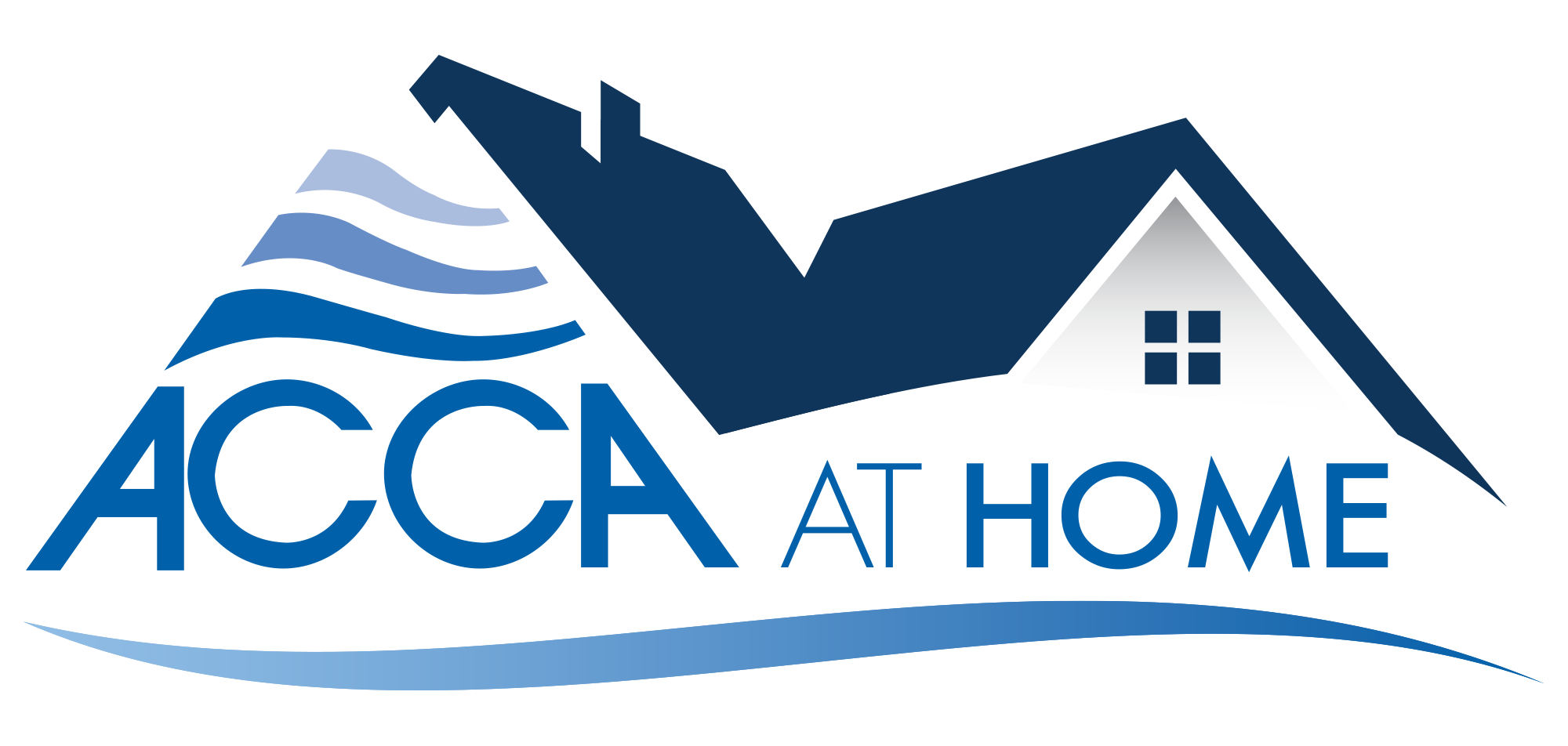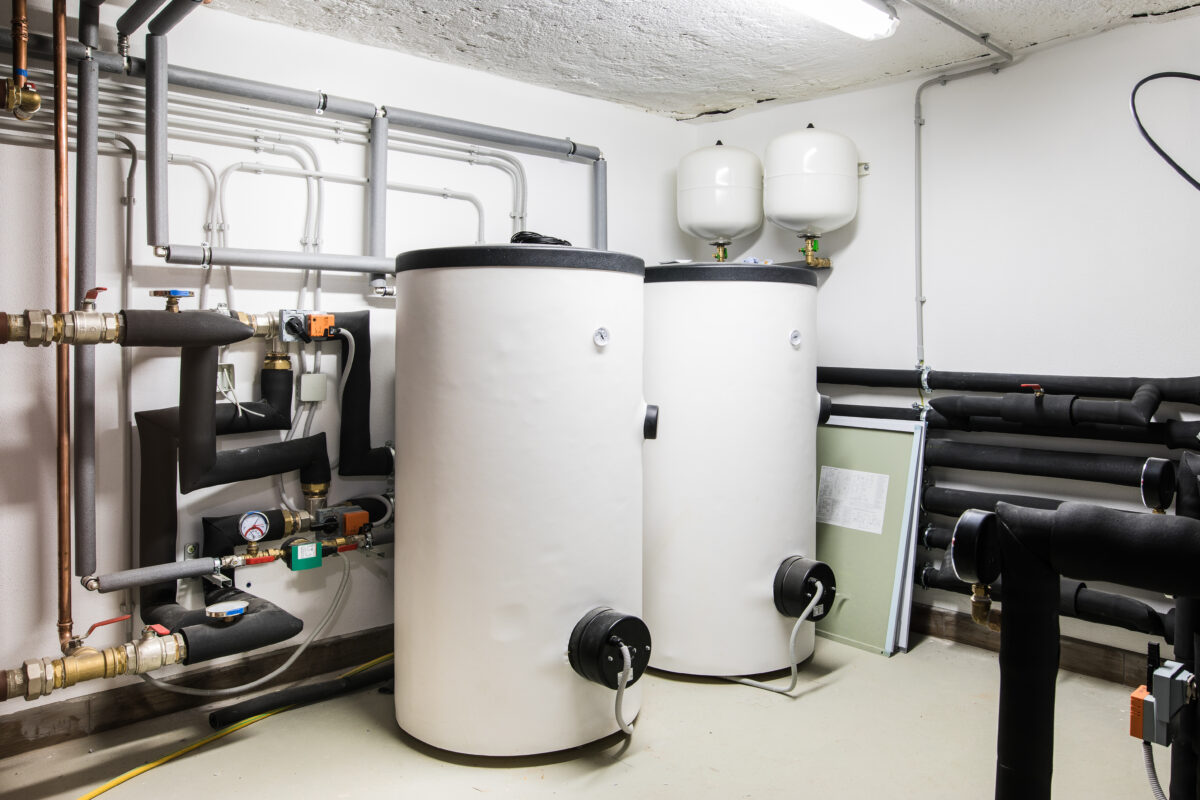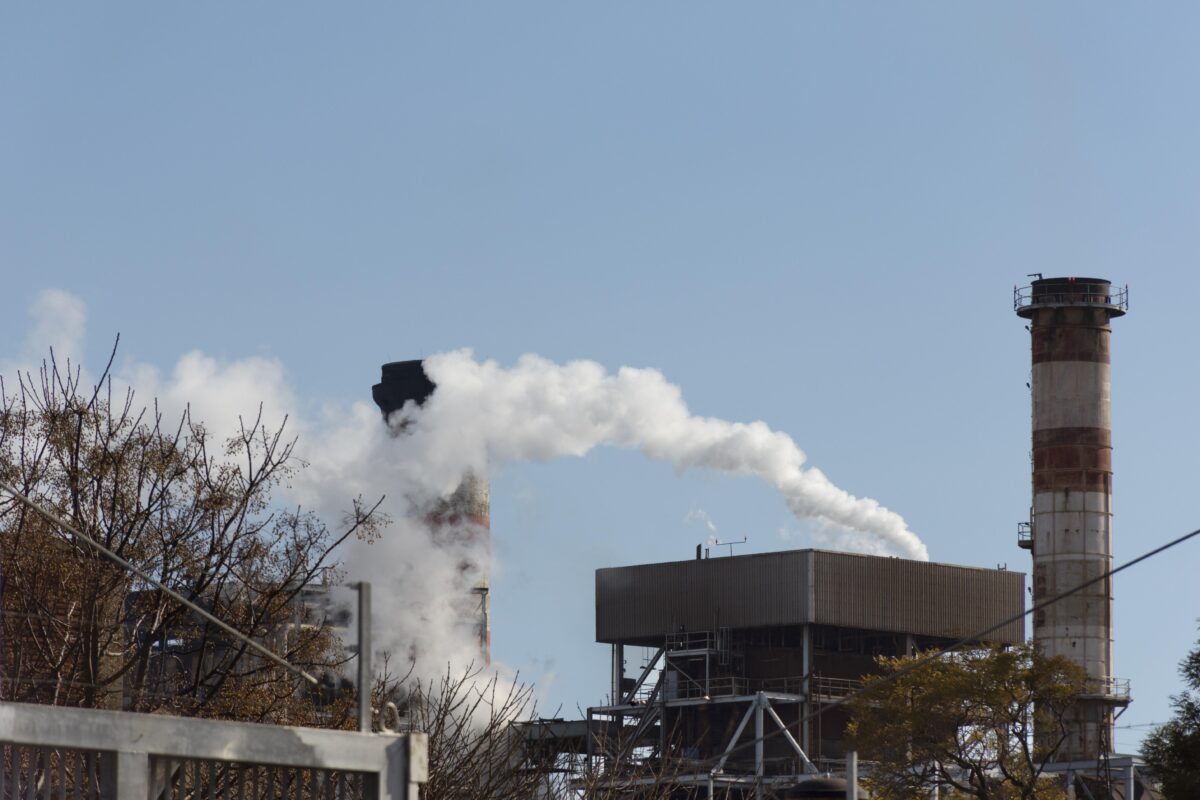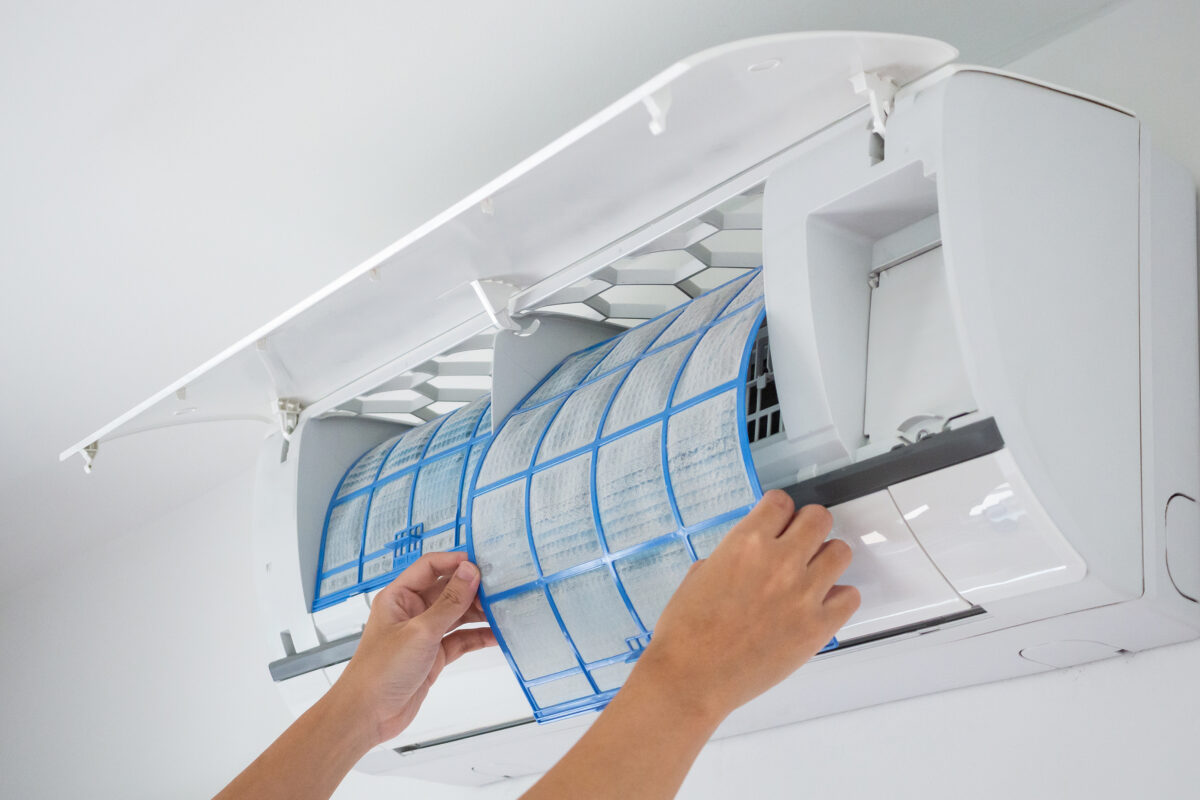In summary, Southwest homeowners must prioritize fall HVAC maintenance. Clean outdoor units, change air filters and maintain indoor components for optimal performance. Proactive care can increase heating system efficiency by up to 20% and save 15% on cooling costs.
Additionally, professional inspections reduce the risk of HVAC failures by up to 95%, resulting in potential savings of up to 30% on utility bills. Proper air filter changes alleviate allergen concerns during fall, fostering better indoor air quality. Emphasizing DIY tasks within homeowners’ comfort zone empowers them, but expert assistance is essential for complex issues.
Take action to ensure comfort, efficiency, and safety throughout the season.





